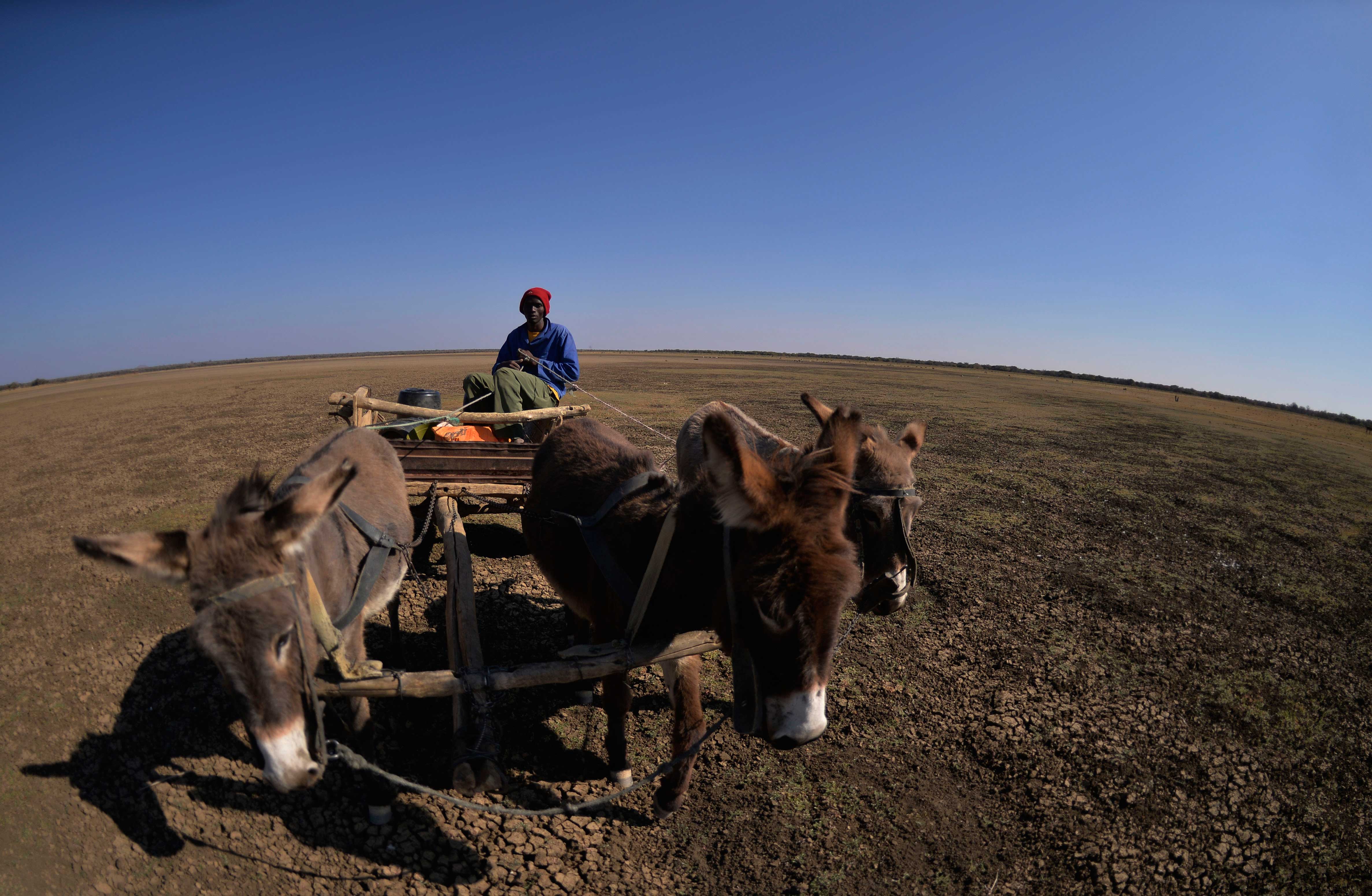Leonie Joubert
Small scale farmers in arid parts of southern Africa rely heavily on the natural environment to support their farming practices, such as needing land for planting crops or grazing for their livestock. They also harvest natural resources so that they have alternative ways to make a living, such as gathering grasses for basket weaving or collecting firewood to sell at a local market.
But as the recent drought in northern Namibia shows, when climate change tightens its grip on the region, farmers will need to find other ways to make ends meet. And the state will need to support communities to be more diverse in their livelihoods, through enabling access to economic opportunities outside of agriculture.
This is the finding of a team of researchers from the University of Cape Town (UCT) and the University of Namibia (UNAM), who visited the Onesi region in northern Namibia during the summer of 2017 when the drought was stretching into its third consecutive year.
While visiting the district, about 50km from the Angolan border, they found distinctive difference between the Namibians living in and around the town, and Angolan migrants who had moved into the area temporarily in order to find work.
“We spoke with Angolans who were looking for work here. It was clear they were moving across the border into Namibia as their last resort, since they had no food after the rains failed,” explains Dr Dian Spear from ASSAR (Adaptation at Scale in Semi-Arid Regions) research project.
The Namibians in Onesi, who were living relatively close to where the Angolan migrants originated across the border, were better able to absorb the shock of the drought because they had other options to get through the crisis.
“In addition to family members sending money home from urban areas, elderly rural Namibians receive state pensions, while Angolans do not,” Spear says.
Farmers in drier parts of Southern Africa have always used their ability to travel and move as a way of coping with environmental shocks, like this sort of drought. They might move elsewhere temporarily to find work. Some gather their herds and track the rains so they can find new pastures. Others will collect resources from the veld, like firewood or wild foods, and sell them in a nearby town. In this case, when the environment can’t support people any longer, they turn to other aspects of the regional economy, things that are not agriculture-based, in order to find alternative ways to cope.
According to the climate modelling coming from the University of Cape Town, rising global temperatures are going to hit these semi-arid parts of the region faster than many other places on the globe. Places like Onesi are likely to see much higher temperatures, greater heatwaves, and longer and more intense droughts. There will be occasions of intense rainfall, resulting in flooding, but the overall trend is towards drying conditions.
‘What our research tells us is that for people to stay on the land, governments need to find ways to support rural economies and communities so that they have many different ways to make ends meet during times of drought.’
This includes having access to state support during drought, but in a way that doesn’t create a dependency relationship and leave communities waiting for government to do something on their behalf.
“Communities need to be supported so that they have a sense of agency, which will allow them to help themselves by self-organising, self-mobilising, creating self-help groups, and being more innovate so that they don’t only rely on government handouts,” says Spear. “They also need alternative livelihoods.”
One way to enable this is to ensure that rural communities have access to rural and urban economies, so they can sell their produce or find work and support themselves.
This article was funded by ASSAR (Adaptation at Scale in Semi-Arid Regions), a research consortium looking at climate change in semi-arid parts of Africa and India.
This editorial is the 6th segment of a 6 part series written by South African science writer and author Leonie Joubert.

